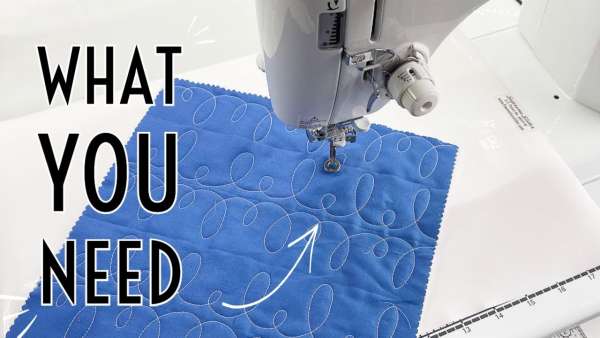
Free motion quilting is a technique used in quilting where the quilter moves the needle and fabric under the needle to create a design. Unlike traditional quilting, where the quilter uses a sewing machine to stitch in straight lines or follow the pattern of the quilt top, free motion quilting allows the quilter to create any design they desire.
To free motion quilt, the quilter needs to lower the feed dogs on their sewing machine, which are the teeth-like mechanisms that move the fabric forward as it is being stitched. By lowering the feed dogs, the fabric can be moved in any direction the quilter desires, allowing for the creation of unique designs.
Free motion quilting can be done with a standard sewing machine or a specialized free motion quilting machine. It is often used to add texture and dimension to quilts, and to create intricate designs that would be difficult to achieve with traditional quilting techniques.
However, free motion quilting can be challenging for several reasons:
- Control: Unlike traditional quilting, where the quilter can rely on the feed dogs to move the fabric forward in a straight line, free motion quilting requires the quilter to move the fabric under the needle by themselves. This requires a lot of practice to develop the fine motor skills and muscle memory needed to create consistent, even stitches.
- Speed: Free motion quilting requires the quilter to move the fabric and needle quickly, which can be intimidating for beginners. It can take time to build up the confidence and speed needed to create fluid, flowing designs.
- Design: Free motion quilting allows for a lot of creative freedom, which can be both a blessing and a curse. With so many design possibilities, it can be difficult to decide where to start and how to proceed. It can take time to develop a sense of design and learn how to translate ideas onto fabric.
- Machine setup: To free motion quilt, the quilter needs to adjust their sewing machine’s settings, including lowering the feed dogs and attaching a specialized free motion foot. Setting up the machine correctly can take practice and may require some trial and error.
This technique requires patience, practice, and a willingness to experiment with different designs and techniques. With time and effort, quilters can develop the skills needed to create beautiful, unique quilts that showcase their creativity and talent.
Tiny Orchard Quilts, gets so many questions about free motion quilting for beginners on a regular sewing machine that she created a youtube video for beginners.
She wanted to have all your free motion quilting or fmq tutorial questions in one place, so she made this brief series to help you learn everything you need to know about free motion quilting.
She demonstrates how to prepare your machine, how to baste your quilt efficiently (without crawling on the floor!), and how to configure it. Watch below for her video where she goes through these techniques with great patience. After the video scroll down to see our other tutorials on this technique.

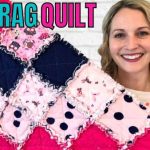
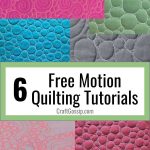
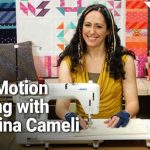

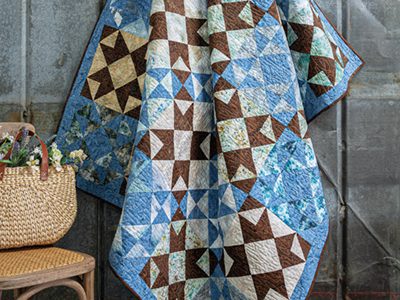
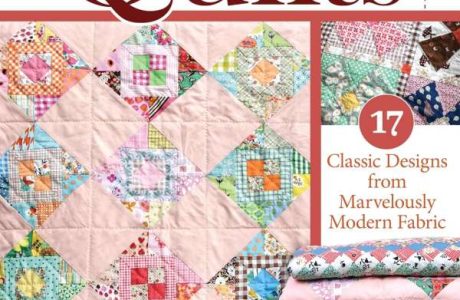
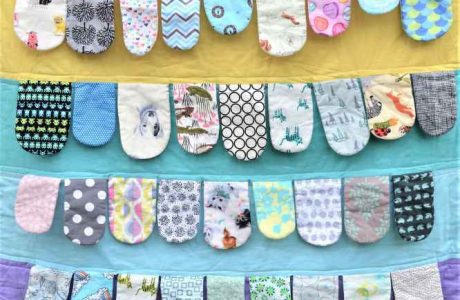
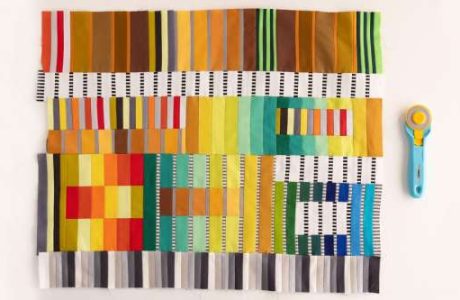
Leave a Reply